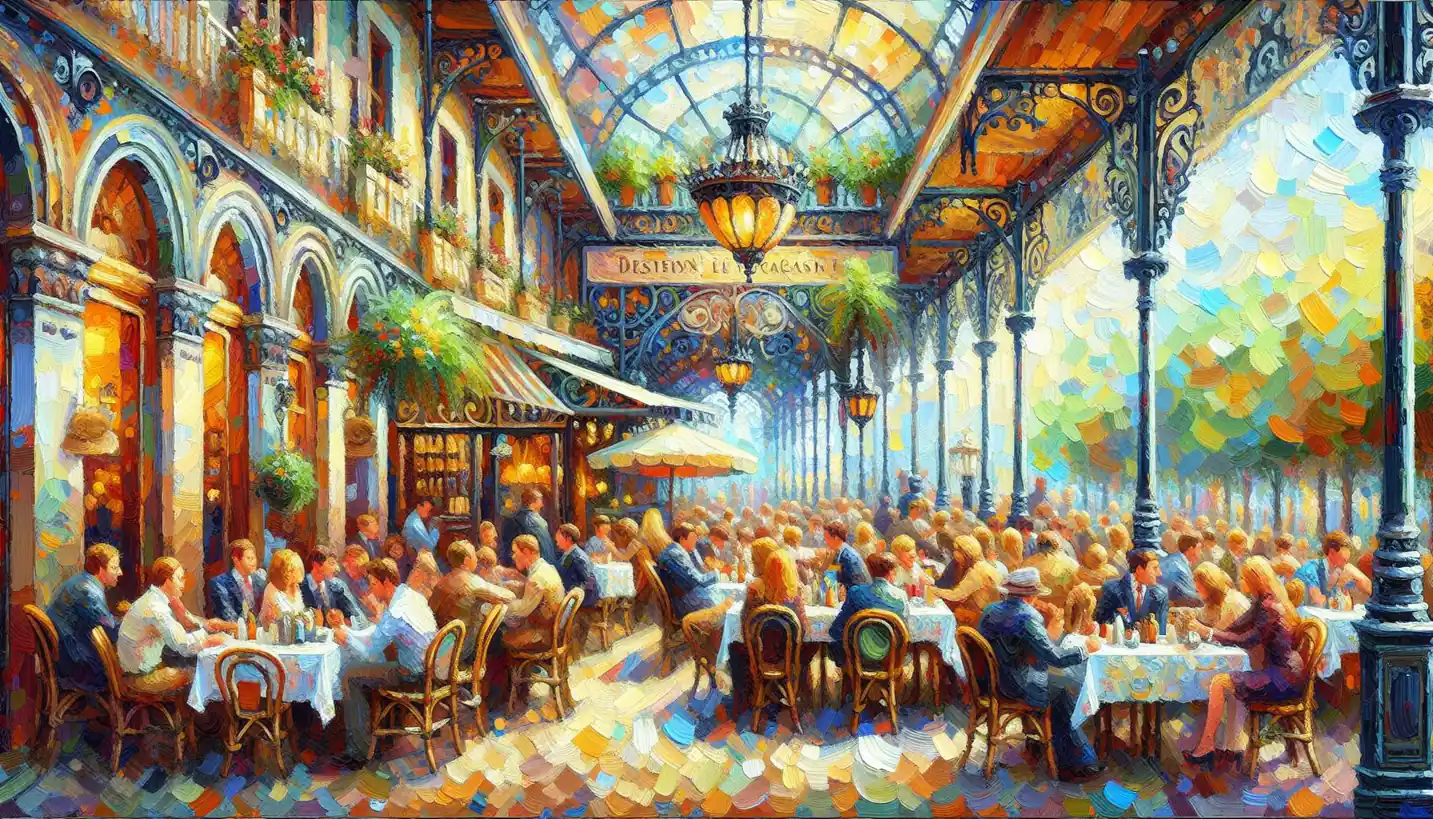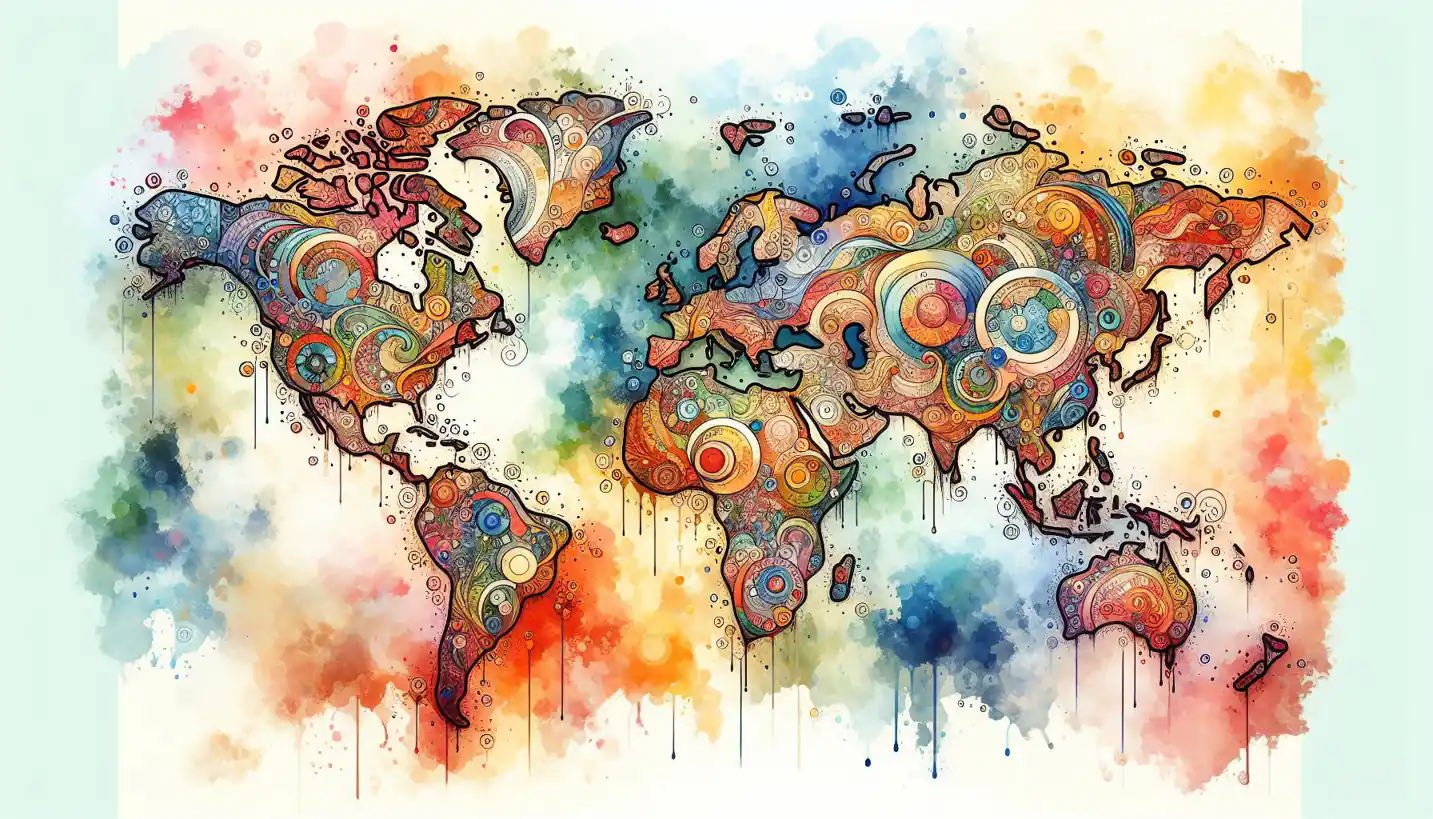· Art · 4 min read
Aspect Ratio: The Frame That Shapes Every Image
Understanding aspect ratio can shape every image you create. Discover how the right frame enhances your photographic storytelling.

Ever wondered why some photos feel just right, while others seem a bit off? It often comes down to aspect ratio, a deceptively simple concept that plays a big role in how we perceive images. Let’s dive into what aspect ratio is and why it matters so much in photography and art.
What is Aspect Ratio?
Aspect ratio is, at its core, the relationship between the width and height of an image. It’s expressed as two numbers divided by a colon, like 4:3 or 16:9. Think of it as the DNA of an image, determining its shape and how we see it.
In photography, the aspect ratio can affect everything from framing to the emotional impact of a photo. It’s kind of like choosing the right canvas size before you start painting.
Historical Glimpses: Aspect Ratios Through Time
Back in the early days of photography, aspect ratios weren’t just a creative choice—they were dictated by the technology available. The classic 4:3 ratio, common in older televisions, originated with early film cameras. As cameras evolved, so did the ways artists and photographers could express themselves.
Think of renowned directors like Alfred Hitchcock, who used specific aspect ratios to heighten tension in his films. For artists and photographers, choosing the right aspect ratio is like a director picking the perfect lens for a scene.
Common Aspect Ratios and Their Uses
4:3 – The Classics
This ratio, often seen in older TV programs and early digital cameras, is slightly boxy. It’s perfect for portraits because it focuses attention squarely on the subject. Imagine a classic family photo hanging in your grandparents’ living room—that’s 4:3.
16:9 – Wide and Wonderful
Today’s widescreen TVs and computer screens usually use this ratio. It’s ideal for landscapes or anything where you need a broader perspective, like action shots or panoramic views. The 16:9 aspect ratio gives that cinematic feel, making it great for storytelling through images.
1:1 – Square and Social
With the rise of Instagram, the 1:1 ratio has become iconic. Perfectly square, it delivers symmetry and balance, making it great for portraits and scenes where you want to focus on details. It’s the ratio that drives the social media world.
Why Aspect Ratio Matters
At first glance, aspect ratio might seem like just another technical detail. But it’s crucial in determining the mood and focus of an image. Just like how a director uses lighting and sound to evoke emotions, photographers use aspect ratio to guide the viewer’s eye and frame the narrative.
Imagine you’re staging your living room. The way you arrange furniture affects how the room feels. Aspect ratio works similarly in photography—guiding how the viewer explores the image.
Aspect Ratio in Art
Artists have long played with aspect ratio, challenging and questioning traditional frames. From the long, narrow canvases of Asian scroll paintings to the grand horizontals of Western landscapes, aspect ratio is essential in conveying the artist’s vision.
For instance, the famous painter Jackson Pollock allowed his canvases to dictate the flow of his iconic drip paintings. His work showcases how breaking away from traditional aspect ratios can lead to groundbreaking art.
The Aspect Ratio and the Digital Age
With smartphones and digital cameras, photographers now have the freedom to experiment with aspect ratios like never before. Apps allow for easy cropping and adjustments, and photographers can play with different formats to see what fits best.
In this digital age, understanding aspect ratio can elevate your selfies or landscape photos from good to great. It’s about finding the right balance and letting your creative eye guide you.
Future of Aspect Ratios
As technology continues to evolve, we might see entirely new aspect ratios emerge. With virtual reality and immersive experiences becoming more prevalent, who knows what the ‘canvas’ of the future will look like?
Conclusion
Aspect ratio is more than numbers; it’s an artistic choice and a storytelling tool. Whether you’re capturing memories, creating art, or just taking a fun selfie, understanding aspect ratio can enhance your creative expression. Next time you pick up a camera, ask yourself: what story do you want to tell, and how can aspect ratio help you tell it?



